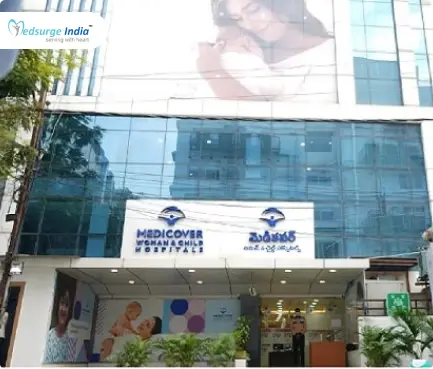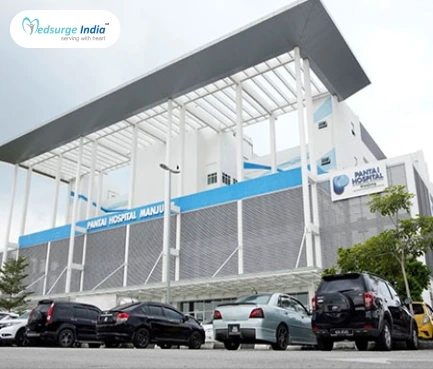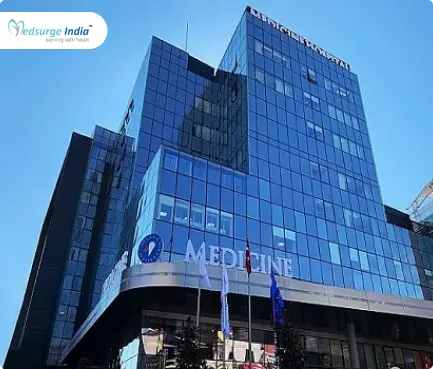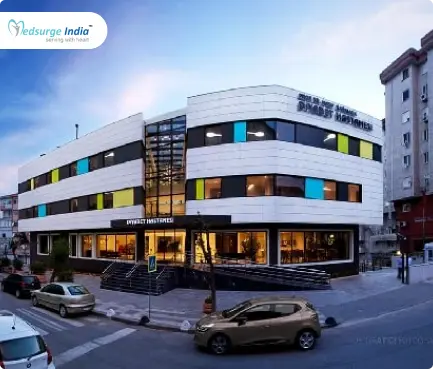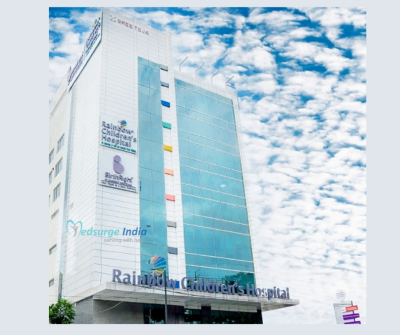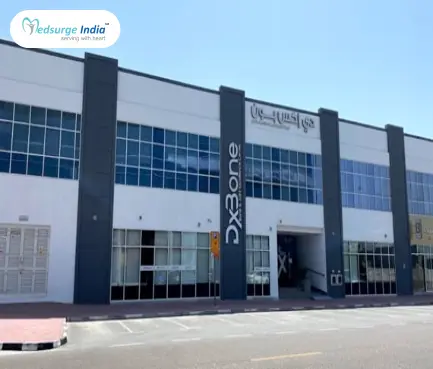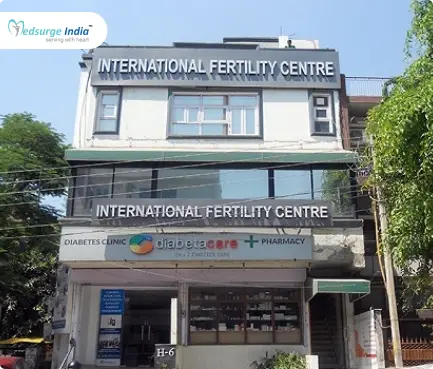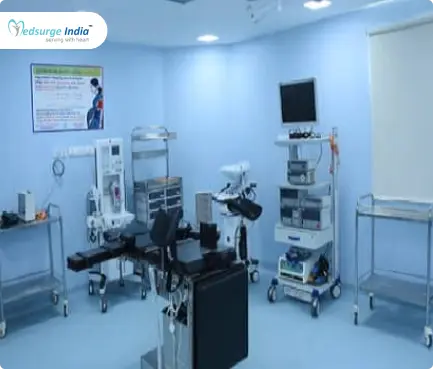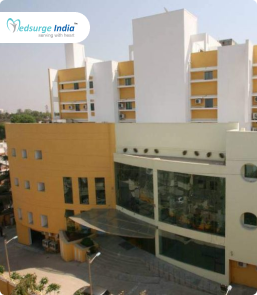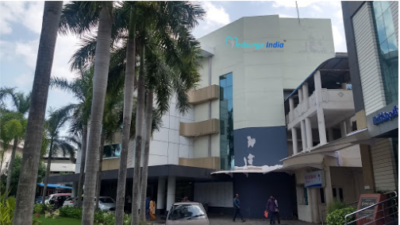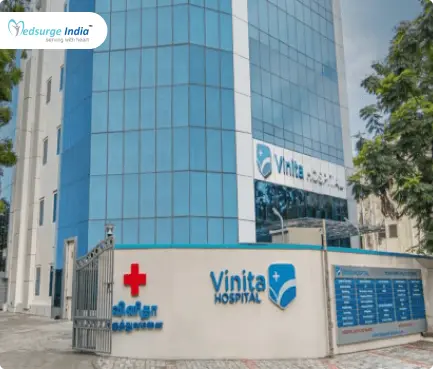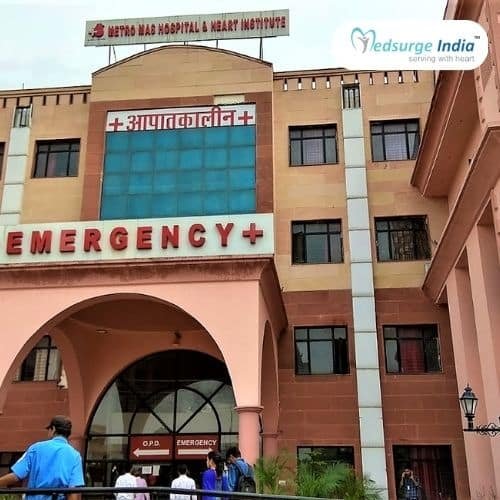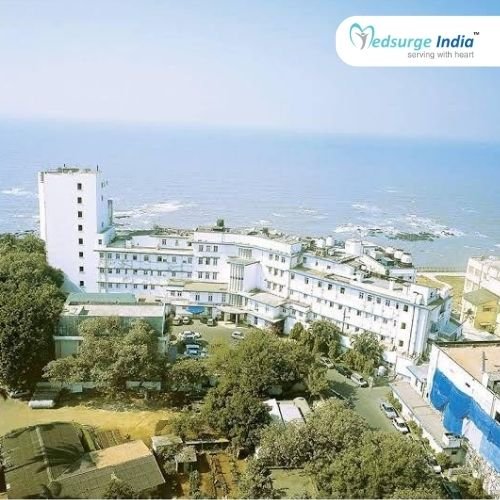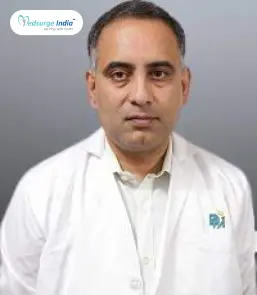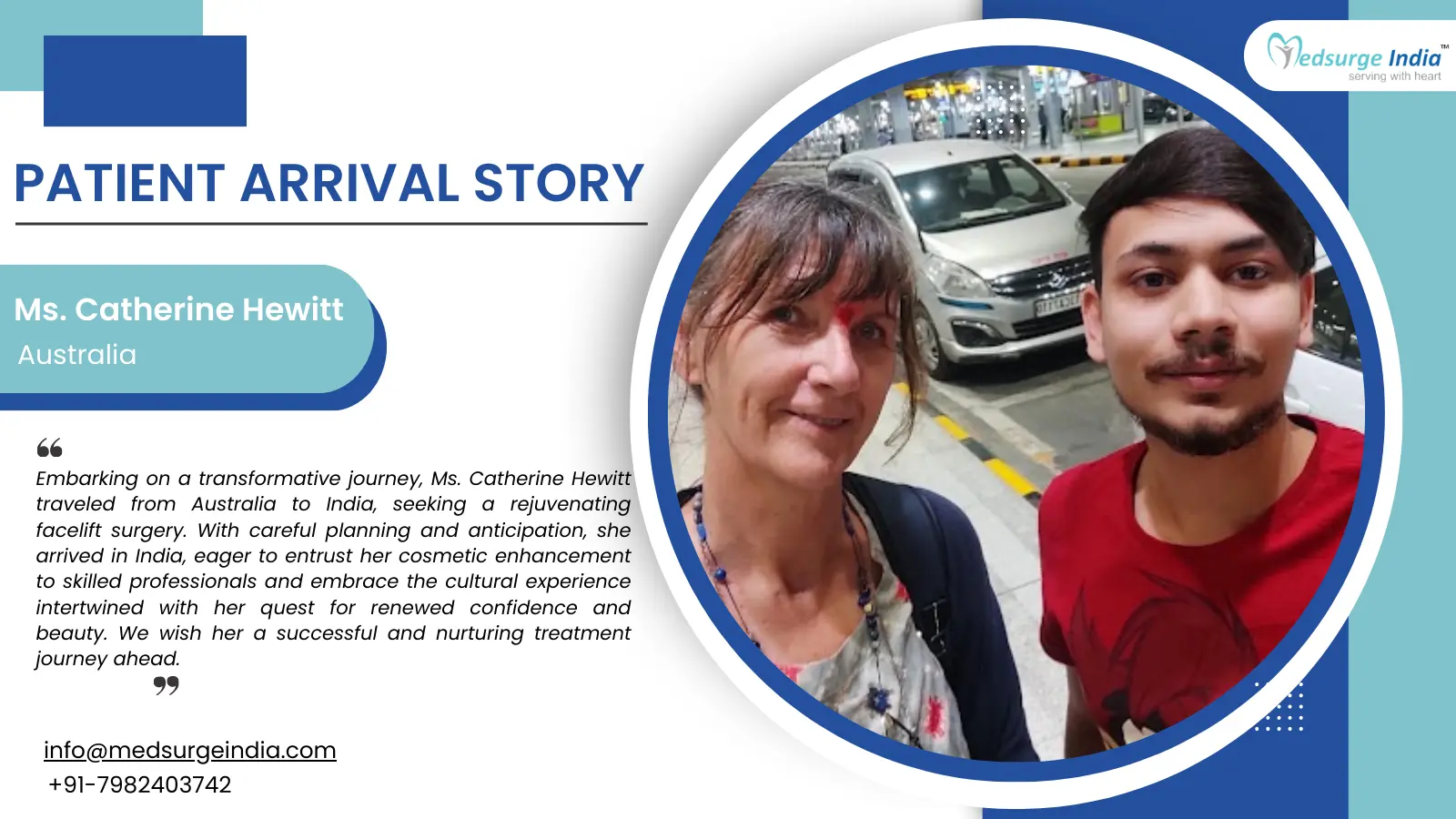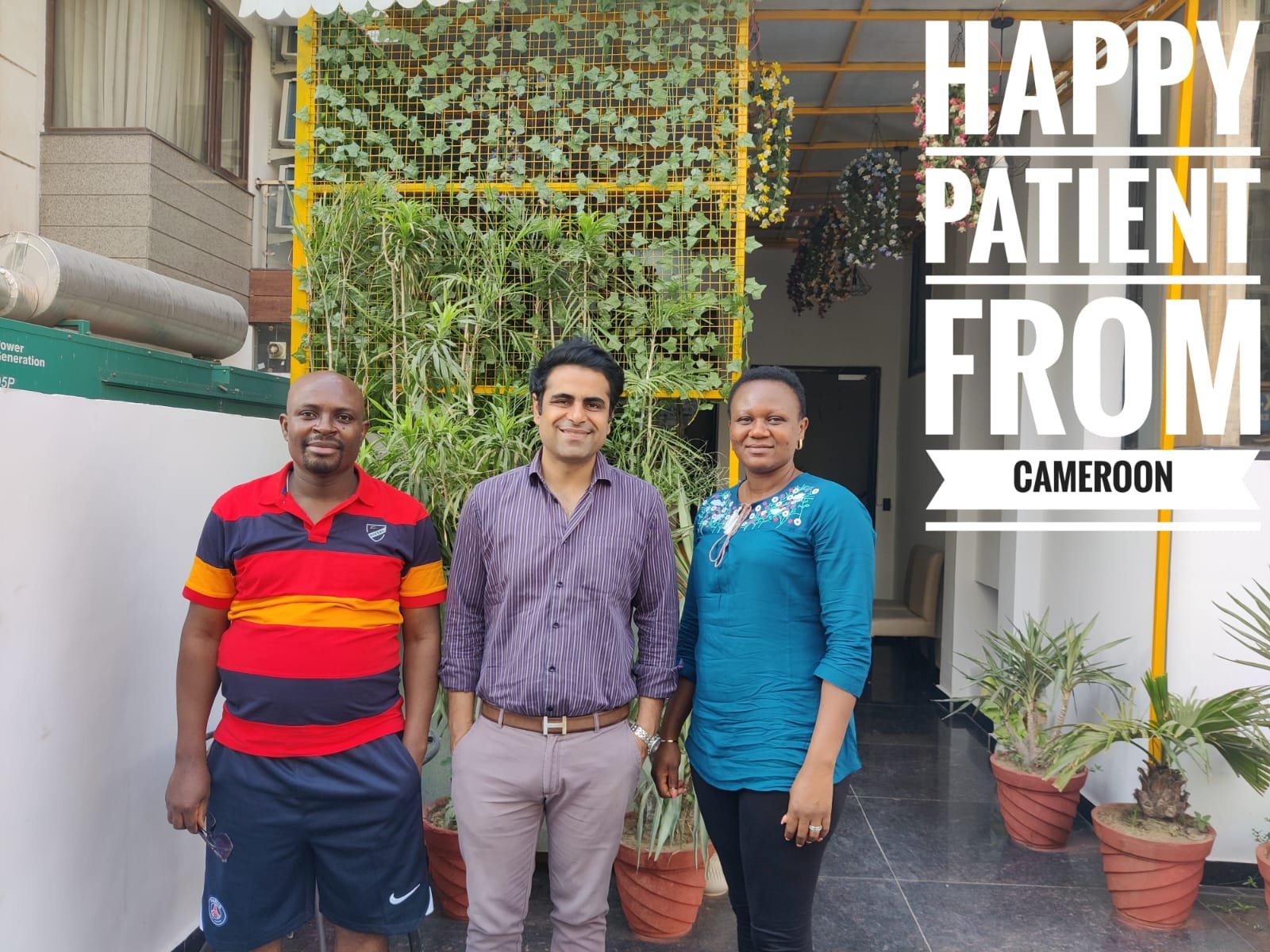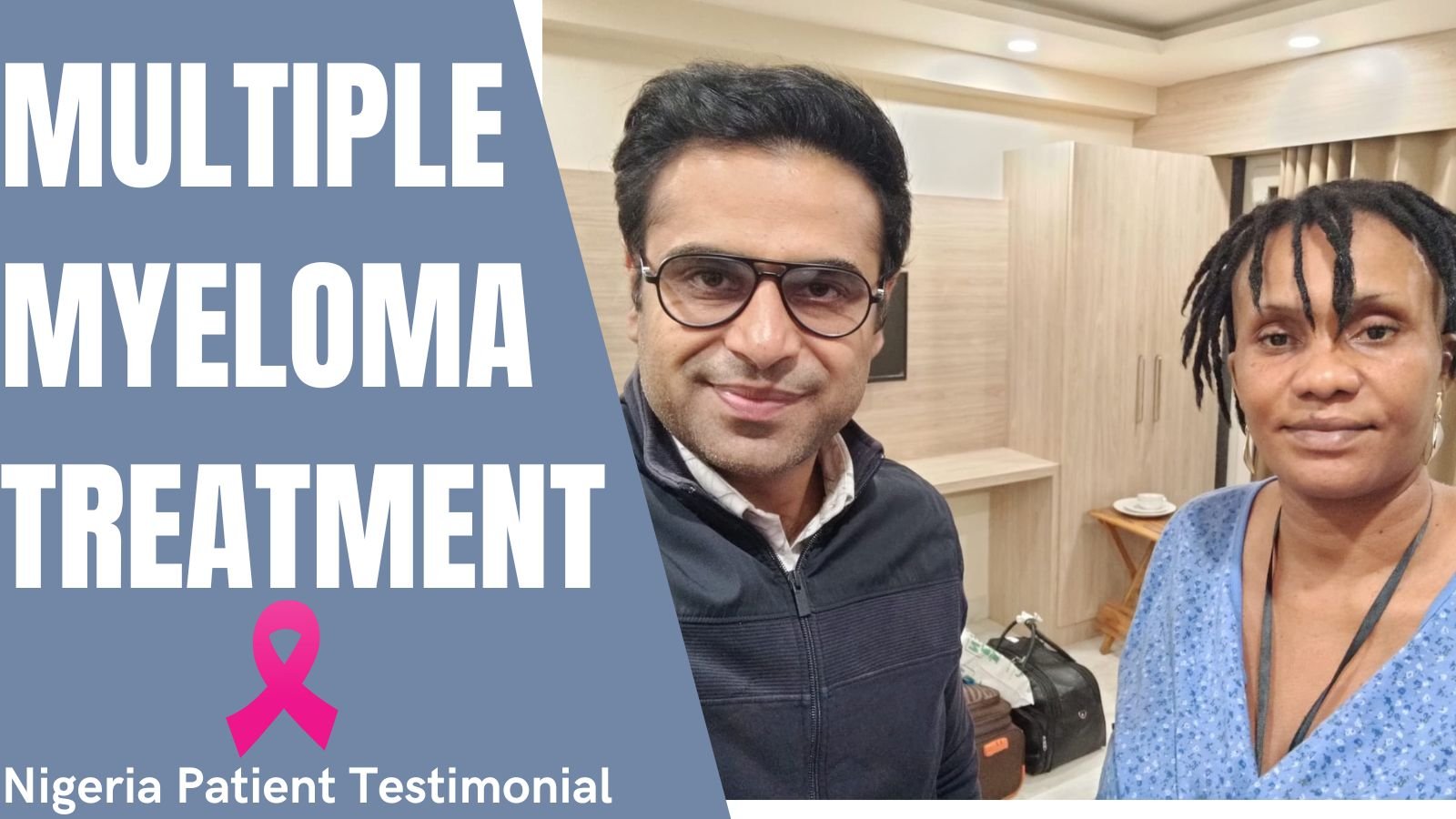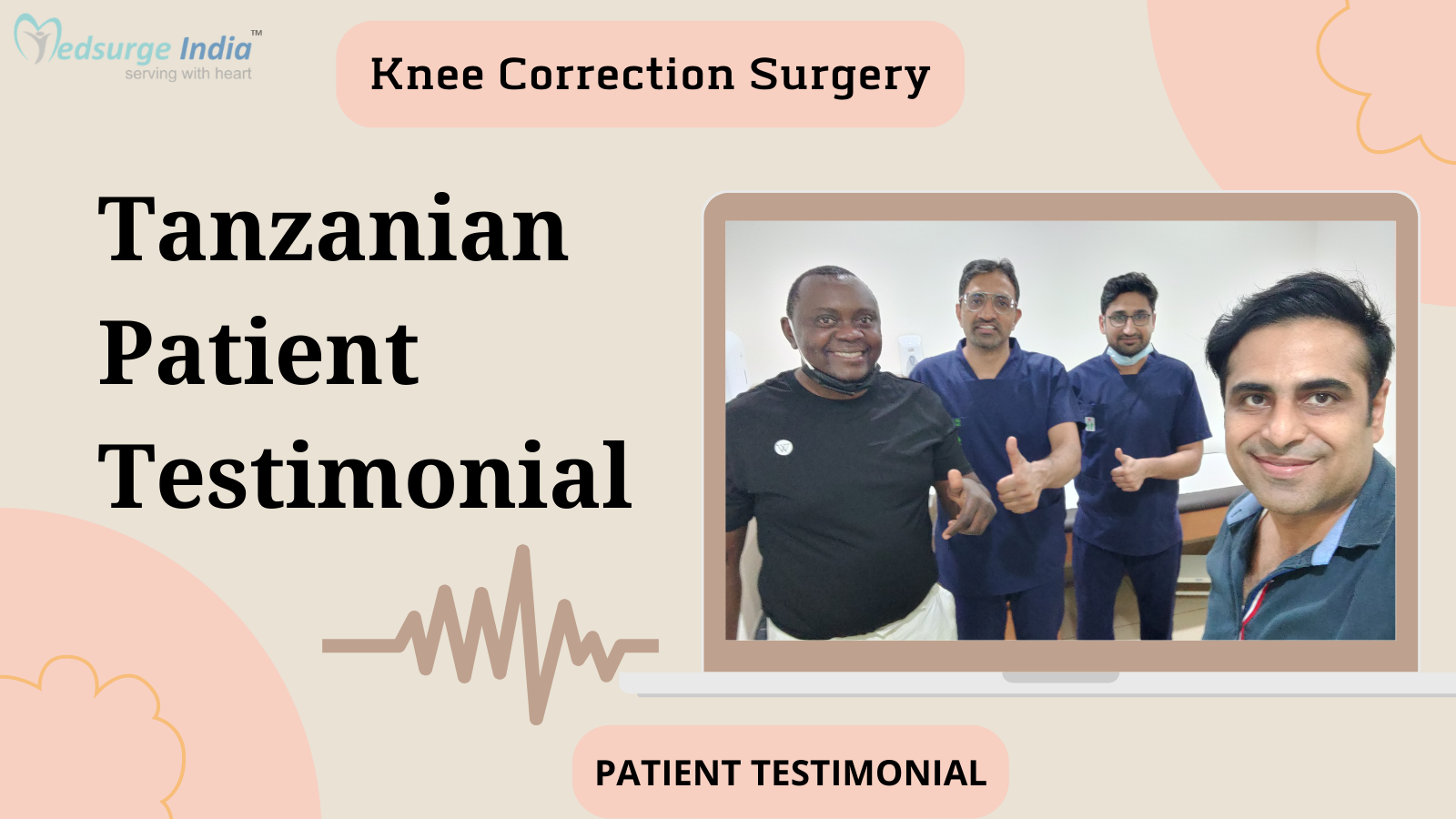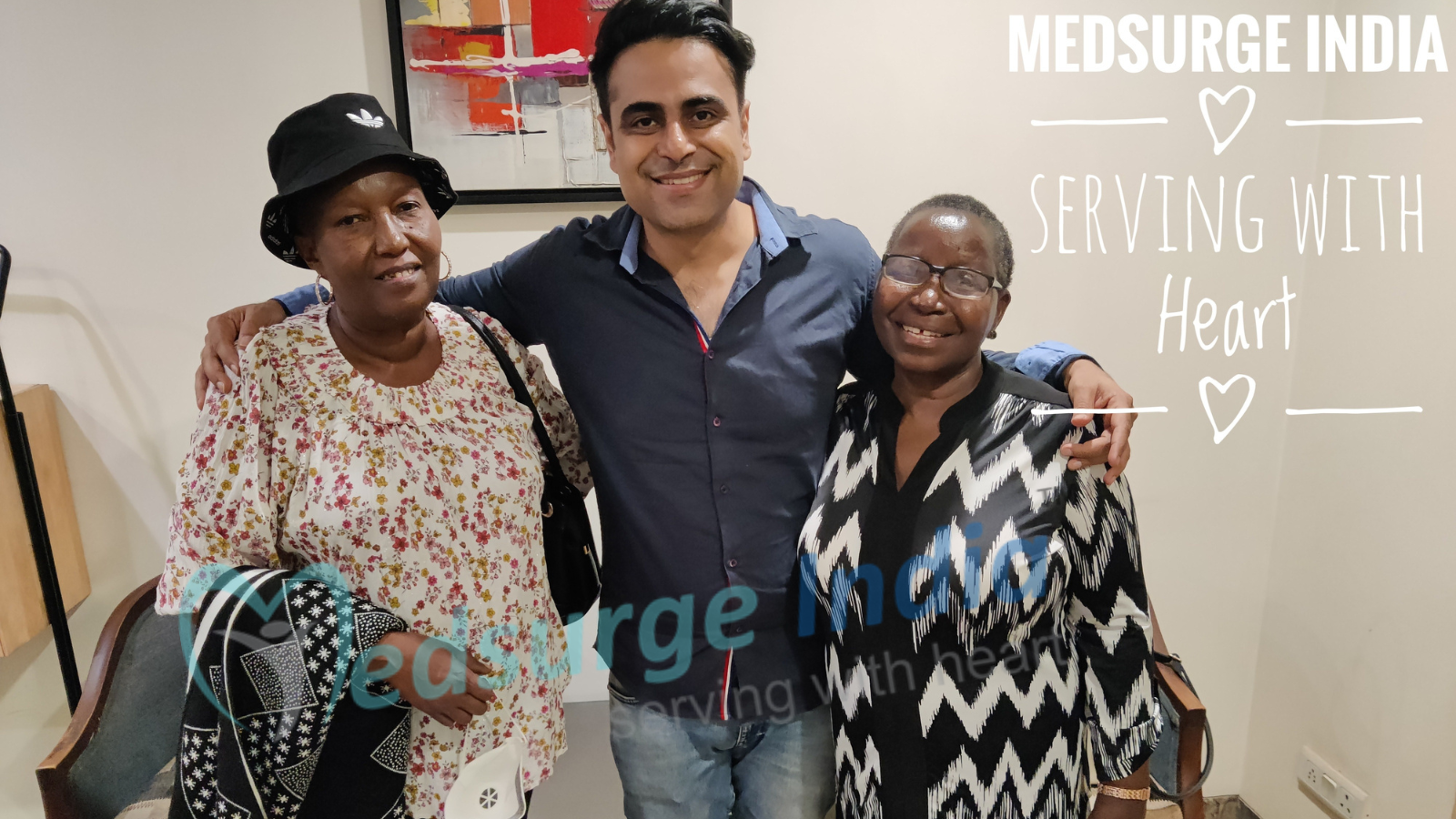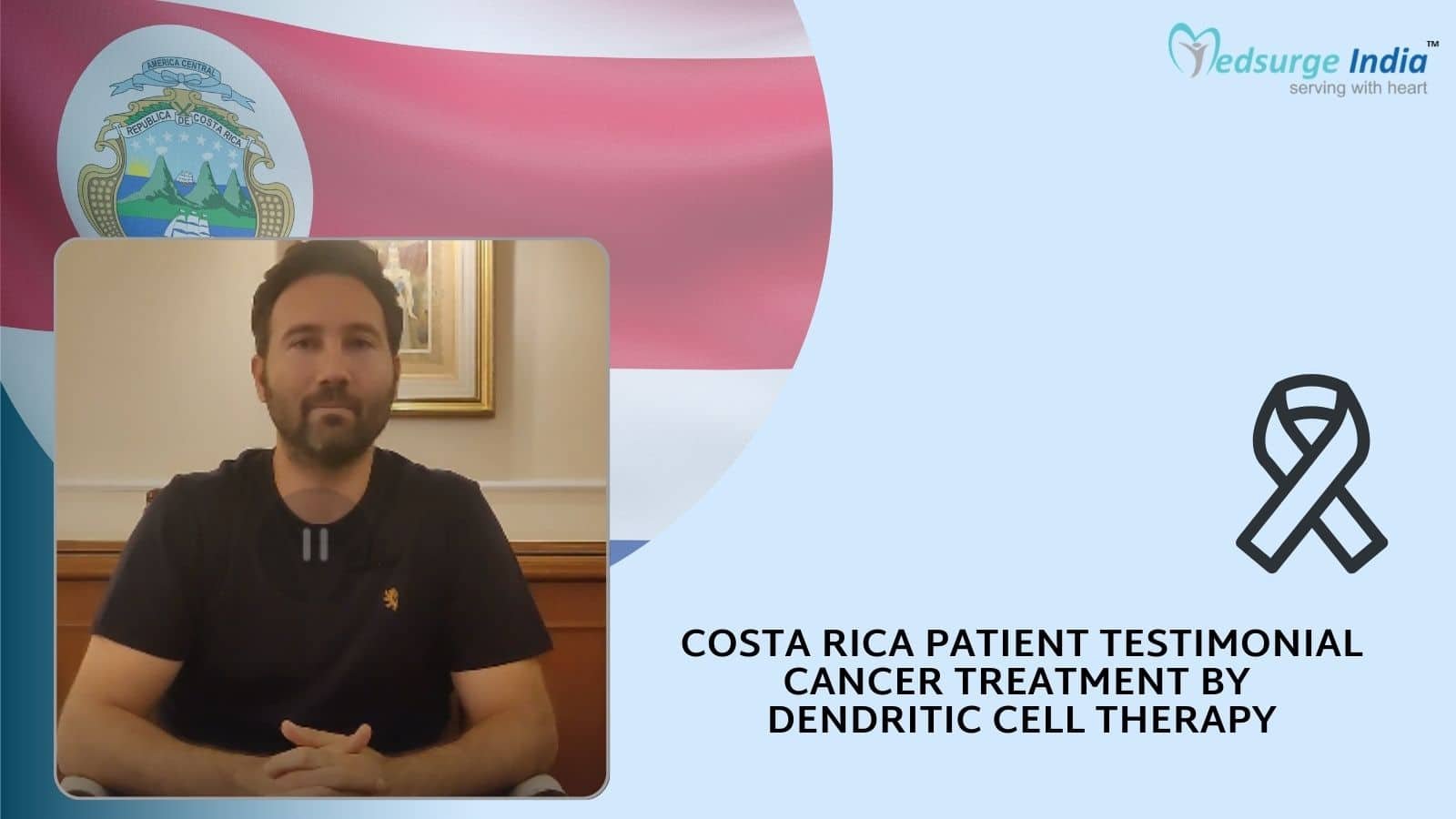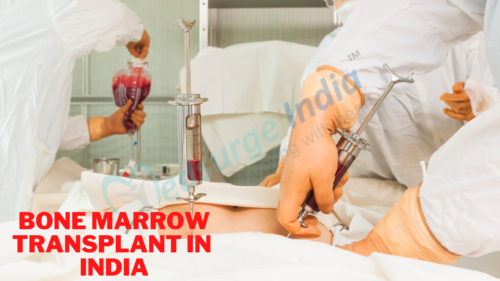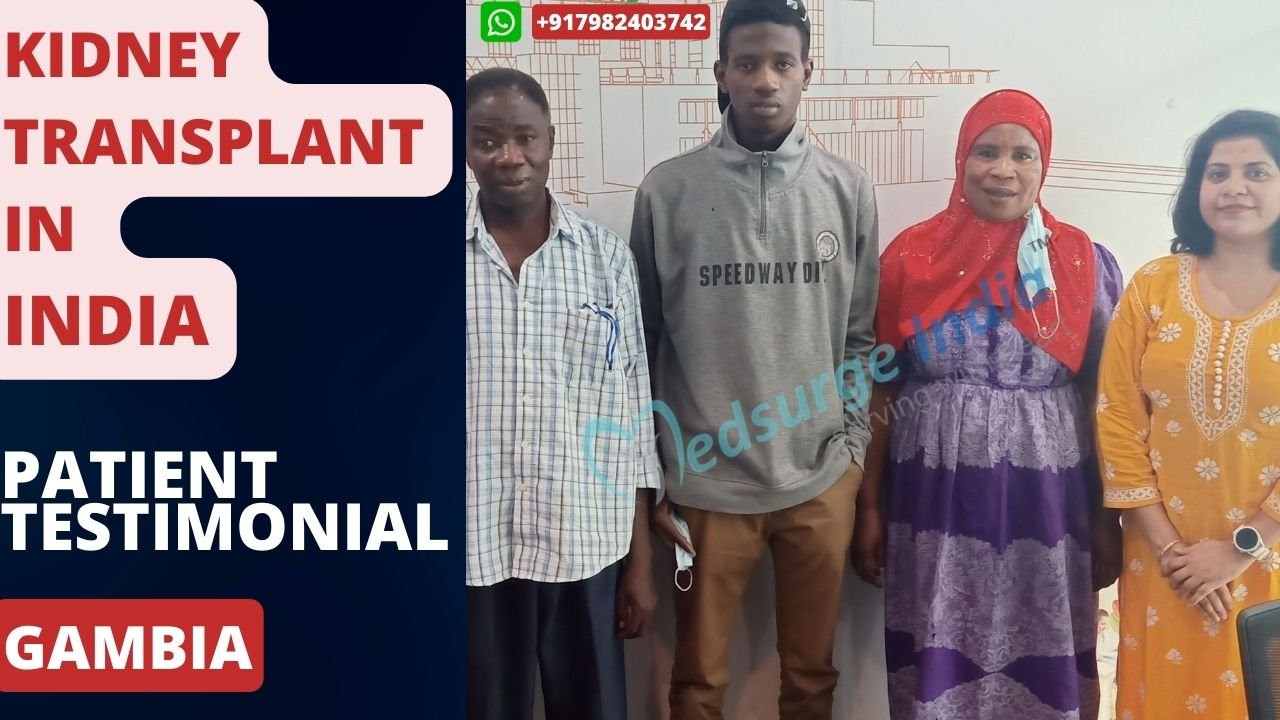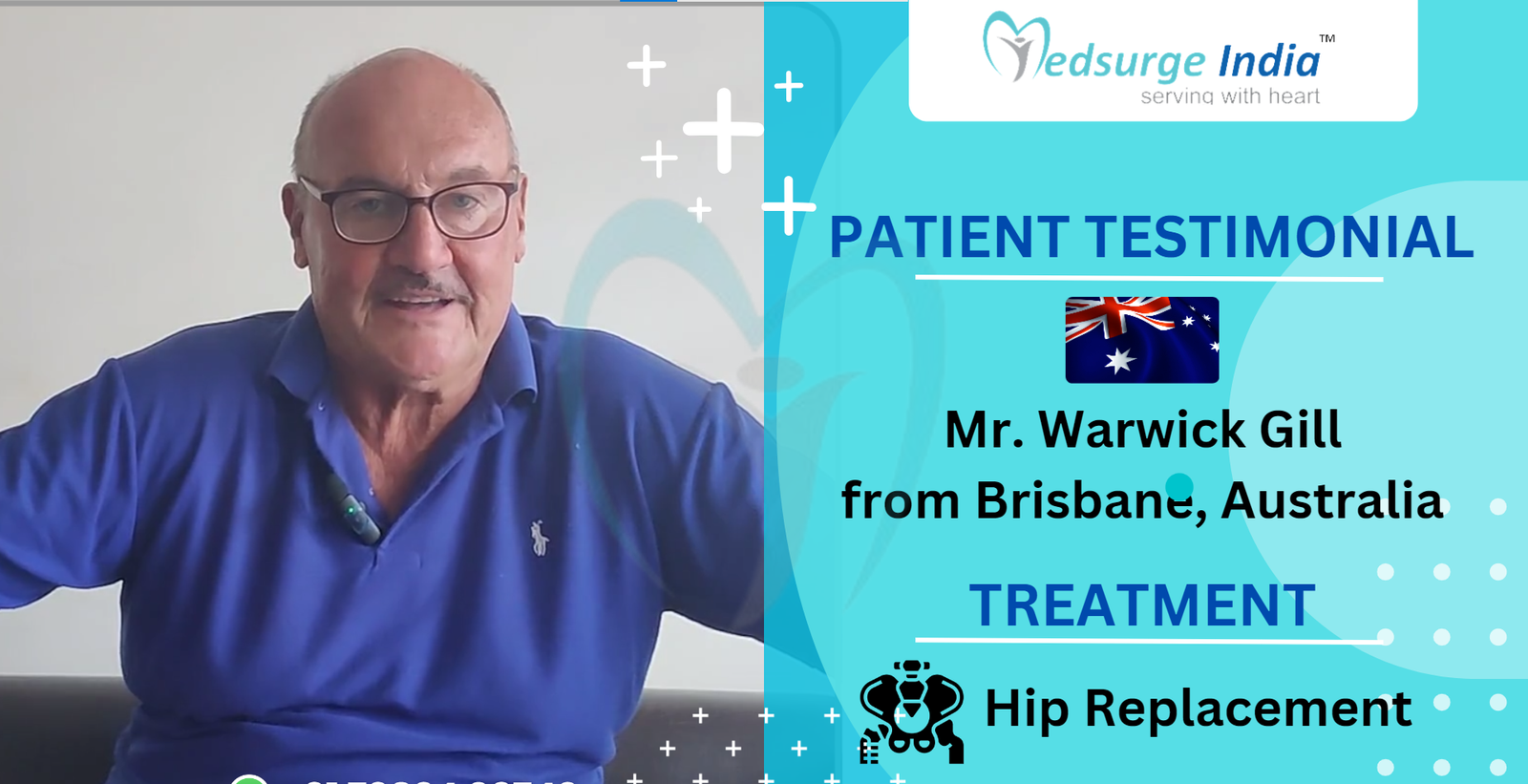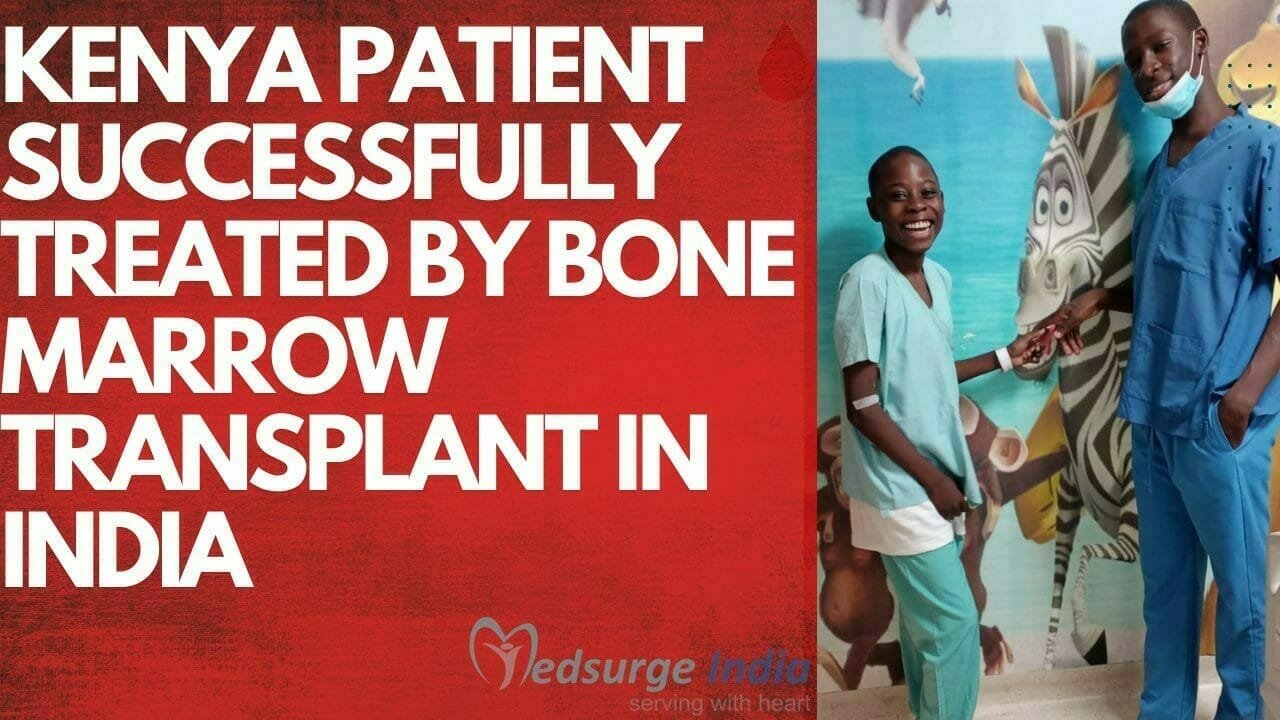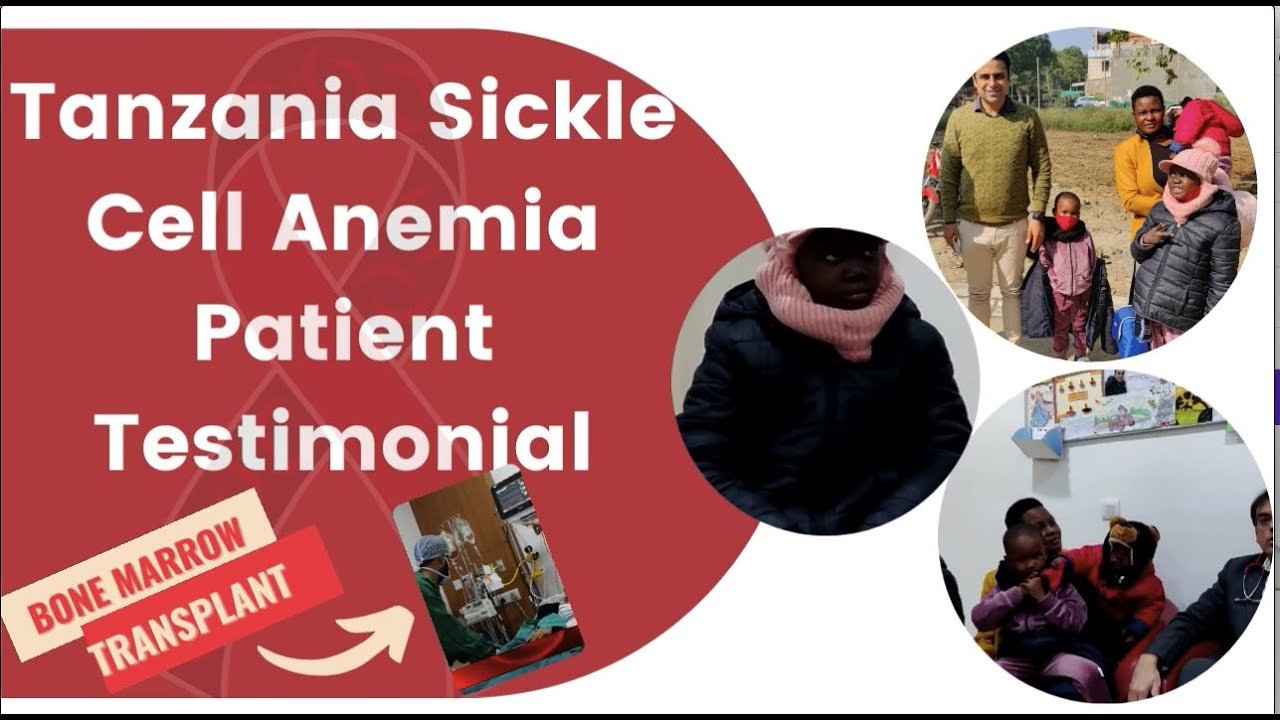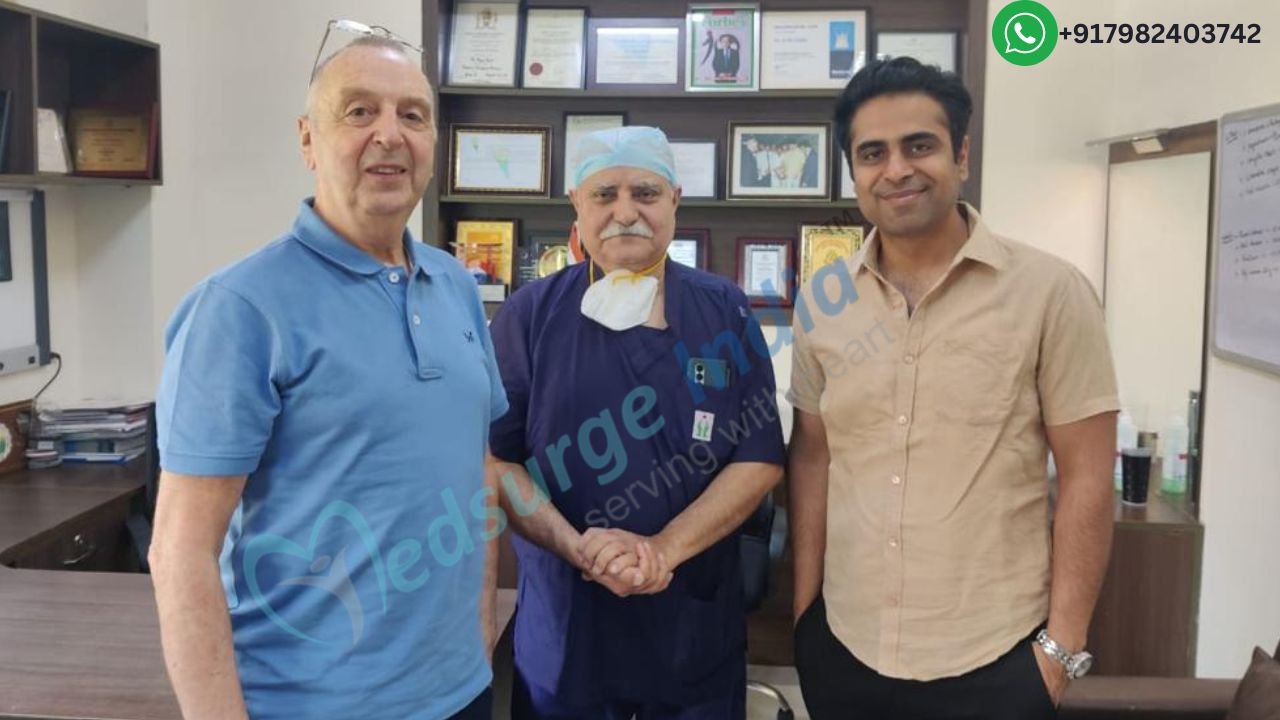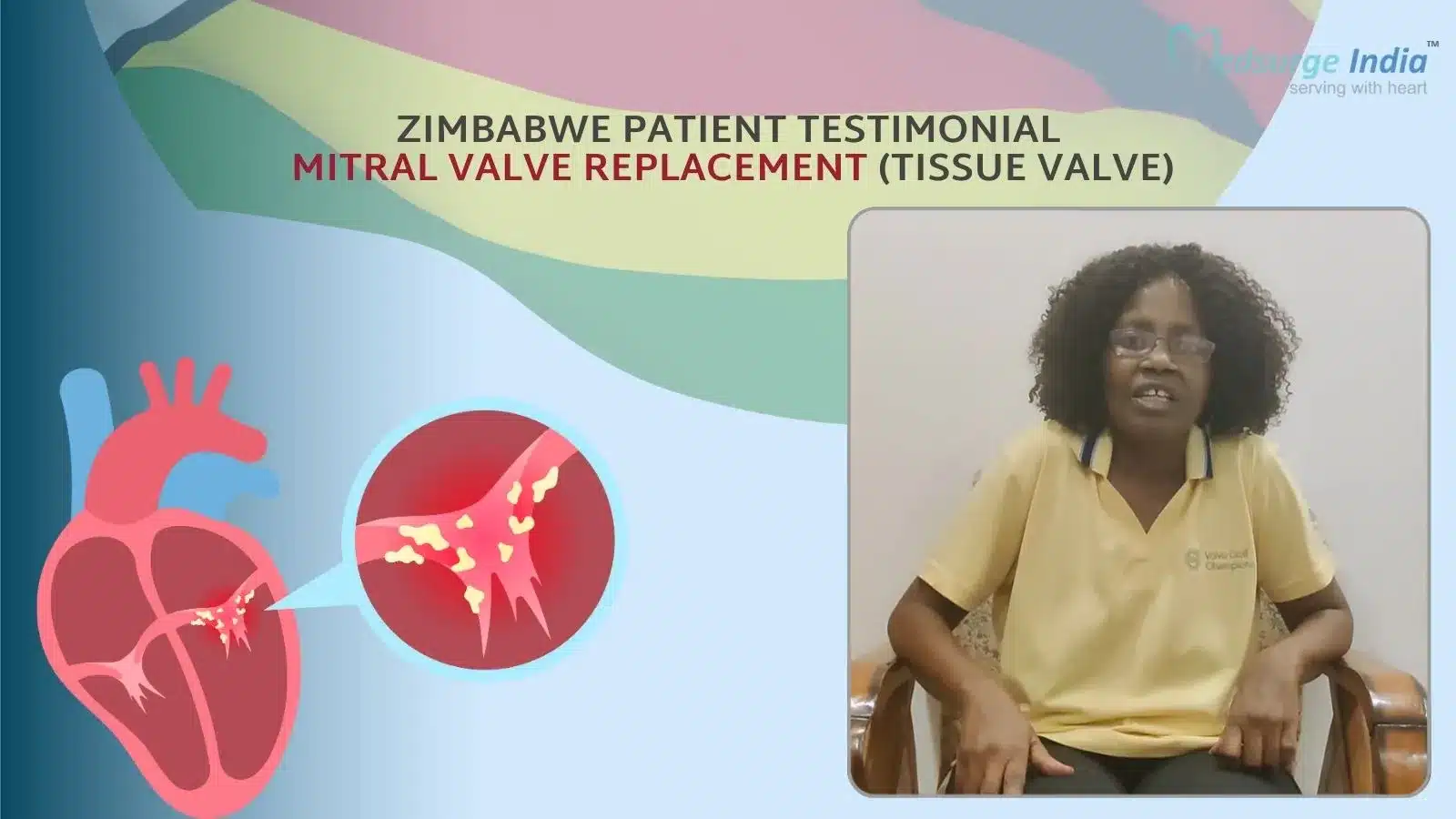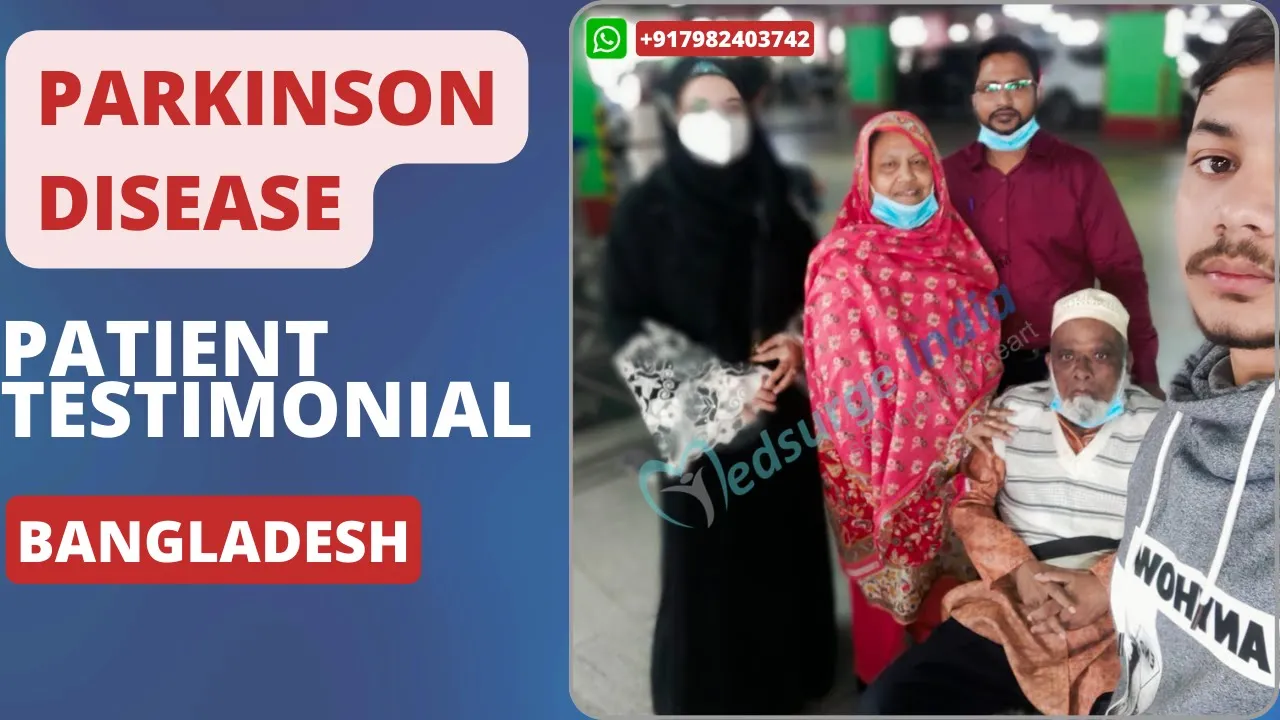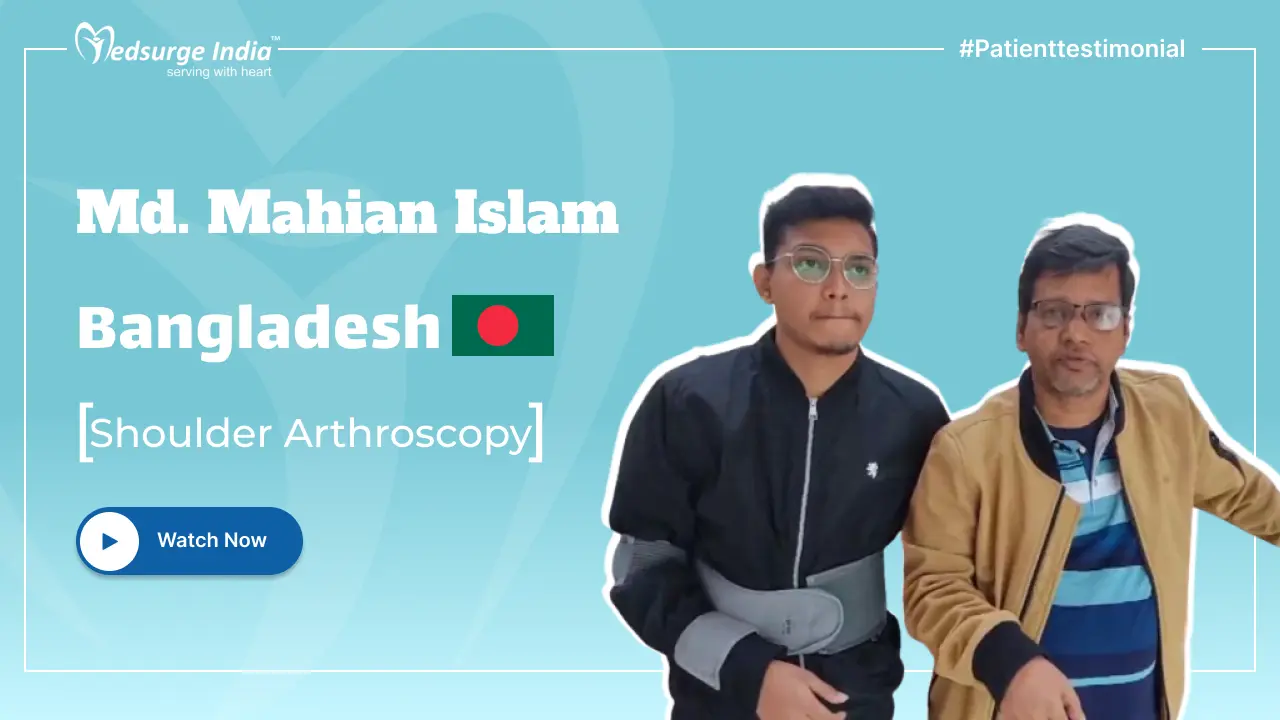
Photodynamic therapy (PDT) is a two-stage treatment that combines light energy with a drug (photosensitizer) that, when activated by light, destroys cancerous and precancerous cells. Photosensitizers are activated by a specific wavelength of light energy, which is typically generated by a laser. Until it is activated by light, the photosensitizer is nontoxic. However, once activated by light, the photosensitizer becomes toxic to the targeted tissue. Photodynamic therapy (PDT) is a cancer treatment that employs special drugs, known as photosensitizing agents, in conjunction with light to kill cancer cells. The drugs only work after being activated or “turned on” by specific types of light. Photodynamic therapy (PDT) is also known as photo radiation therapy, phototherapy, or photochemotherapy. Today, several photodynamic therapies in India are available to treat a variety of diseases, including acne, psoriasis, age-related macular degeneration, and cancers of the skin, lung, brain, bladder, pancreas, bile duct, esophagus, and head, and neck. The cost of photodynamic therapy in India is incredibly affordable when compared to that of other affluent nations. The success might be partly ascribed to the expertise of the radiologists and the cutting-edge medical technology utilized in Indian hospitals. India’s inexpensive cost without reducing clinical standards is a crucial factor in its global popularity in addition to these benefits.
What is Photodynamic Therapy?
Photodynamic therapy is a treatment method that treats skin cancer, acne, and sun damage by using a drug known as a “photosensitizing agent” and a special type of light. The photosensitizing drug is exposed to a specific wavelength of light during photodynamic therapy. This activates the photosensitizing agent, and oxygen is produced as a result, which aids in the elimination of cancer cells. The wavelength determines the distance that light can travel in the body. As a result, during photodynamic therapy, different parts of the body are treated with different wavelengths of light.
PDT is used by healthcare providers to treat a variety of medical issues, including skin conditions, many types of cancer, and some noncancerous conditions:
Photodynamic therapy for skin conditions:
- Psoriasis.
- Actinic keratosis.
- Vitiligo.
Photodynamic therapy for cancers
PDT is also used to treat a variety of cancers. Photodynamic therapy may be recommended by your doctor for the following conditions:
- Skin cancer
- Lung cancer
- Esophageal cancer
- Bladder cancer
- Pancreatic cancer
- Bile duct cancer
- Head and neck cancer
- Brain cancer
Photodynamic therapy for non-cancerous conditions
PDT can be used to treat noncancerous conditions such as:
- Urinary tract infections
- Acute sinusitis
- Gastritis
- Corneal infections
- Gum disease
Why India is a Top Destination For Photodynamic Therapy?
The remarkable achievements of medical tourism in India over the past few years demonstrate how far the industry has come. One of the industries that have contributed the most to revenue and is expanding rapidly is healthcare. Governmental and private organizations both assist the healthcare industry.
India has an advantage over other countries in terms of medical tourism because of the following:
- The majority of the medical professionals working in Indian hospitals have received their training at medical centers in the US, Europe, or other affluent countries.
- The majority of medical professionals speak English well.
- Many best hospitals in India have access to cutting-edge medical and diagnostic technology from large international enterprises.
- The best nurses in the world come from India. Nearly 10,000 nurses are graduated each year from India’s nearly 1000 accredited nurse training programs, the majority of which are affiliated with teaching hospitals.
- Even the most frugal traveler can afford premium services and opulent facilities.
Get Free Cost Estimation
Procedure
How is Photodynamic Therapy Done?
The following steps are involved in photodynamic therapy in India:
Before Therapy –
- For better penetration, the patient’s skin will be cleansed with an acetone scrub and a mild chemical peel before the drug is applied.
- Aminolevulinic acid is applied to the surface of the skin that needs to be treated. This will be absorbed in 30 minutes to 3 hours, depending on the condition of the patient and the type of light used.
- During photodynamic therapy, the patient may experience a burning sensation. To provide some relief, fans may be used.
During Therapy –
- The patient’s bloodstream is injected with a photosensitizing drug. The photosensitizing drug is absorbed by cells in the body, and cancer cells absorb the photosensitizing drug for a longer period of time.
- After the injection is in the patient’s body for 24 to 72 hours, the photosensitizing drug leaves the normal cells but stays in the cancer cells.
- Then the light is directed at the tumor. The photosensitizing drug in the cancer cells absorbs the light and an active type of oxygen is formed that destroys the cancer cells.
- Photodynamic therapy also aids in the destruction of cancer cells in two other ways. The photosensitizing drug damages blood vessels in the tumor, preventing nutrients from reaching cancer cells.
- Photodynamic therapy may also activate the immune system, causing it to attack cancer cells. An endoscope is used to direct light through optic fibers to treat lung or esophageal cancer.
After Therapy –
- Most people resume their normal activities immediately after PDT. Some people need to take extra steps to protect their skin and help the treatment area heal.
- Your healthcare provider may recommend covering the treatment area to help protect your skin. Depending on the photosensitizer used by your healthcare provider, you may need to make temporary lifestyle changes.
This treatment is effective for severe acne, warts, and certain types of cancer, such as esophageal cancer and non-small cell lung cancer.
What are the Advantages of Photodynamic Therapy?
When compared to other medical treatments, Photodynamic treatment in India has several advantages:
- When used correctly, there are no known long-term side effects.
- It is usually done as an outpatient procedure in a short period of time.
- If necessary, PDT can be repeated.
- It is less invasive and more precise than other treatments such as surgery.
- There is only minor scarring.
Photodynamic Therapy Cost in India
India has significantly lower healthcare costs than other countries. Furthermore, the quality of the medical services and treatment provided there is on par with that of the best hospitals in the world. Even without taking into account the expenditures of travel, lodging, and meals, Photodynamic therapy cost in India starts from USD 3800.
The entire cost of photodynamic therapy in India can vary depending on a number of criteria, such as
- The price of treatment packages can depend on the hospital’s preference.
- Doctor’s competence and experience in the subject.
- The patient’s situation: The patient’s disease and whether additional modalities are required for comprehensive treatment.
- Duration of hospitalization and stay in the country.
- Need for post-operative care.
- Hospital room classification.
How to Choose a Hospital in India for Photodynamic Therapy?
Hospitals that offer Photodynamic therapy are well known for their services in patient care and hospitality. Some of India’s best radiologists and medical oncologists, who are leaders in their fields, practice in these facilities. Choosing a reputable hospital for treatment as a foreign patient could be difficult. It is a significant decision that must be made while bearing various considerations in mind, such as
- Quality certificates and accreditations
- Hospital and transportation facility location
- Team of doctors and surgeons
- Advanced diagnostic and therapeutic equipment
- International patient assistance
How can Medsurge India Help?
Medsurge India is a prestigious support system for patients looking for doctors, hospitals, and specialized treatments. We’ll find the most suitable medical options for you. Regarding your medical issues, our team will give you a list of certified, reputable, and trusted doctors and hospitals. Additionally, we offer a treatment strategy that fits your budget. Apart, we assist patients with obtaining travel authorizations, medical visas, and a multitude of other things.
The Most Important Frequently Asked Questions
Q: Is photodynamic therapy successful?
A: When used for conditions for which it has been officially approved (licensed), PDT is a very safe and effective treatment. However, the following are common side effects: a burning or stinging sensation while the light treatment is being performed; this usually passes quickly after the treatment is completed.
Q: Is PDT therapy permanent?
A: Patients with rosy complexions and rosacea may find that the redness and sensitivity last for several weeks after treatment. Scarring is usually minor, but it can be moderate. Loss of pigmentation may occur sometimes and can be permanent, however, an aesthetic result of PDT is always superior to surgery.
Q: What are the disadvantages of photodynamic therapy?
A: Although the damage to normal cells is minimal, photodynamic therapy can still result in burns, swelling, pain, and scarring in the treatment area. Other side effects, such as coughing, may occur depending on the area being treated. Having difficulty swallowing.
Q: Is PDT Excruciating?
A: Although blue light photodynamic therapy (PDT) is effective for actinic keratosis, many patients report stinging pain during treatment.
Q: Where does photodynamic therapy work best?
A: Photodynamic therapy (PDT) is primarily used to treat superficial skin cancers. PDT has been shown to be effective in the treatment of actinic keratoses and superficial basal cell carcinomas. Outside of the head and neck, it may also be used to treat small, thin, low-risk nodular basal cell carcinomas.
Top Hospitals for Photodynamic Therapy in India
Top Doctors for Oncology and Oncosurgery
Dr. Sudha Sinha
HOD
Experience: 13 years of experience
Continental Hospitals, Hyderabad
Hyderabad, India
Dr. Raja T
Senior Consultant
Experience: 20 years of experience
Apollo Cancer Hospital, Chennai
Chennai, India
Dr. Vijay Anand Reddy Palkonda
Senior Consultant
Experience: 34 years of experience
Hyderabad, India
Dr. Mukesh Patekar
Consultant
Experience: 7 years of experience
Fortis Memorial Research Institute, Gurgaon
Gurgaon, India
Dr. Akash Umesh Tiwari
Consultant
Experience: 11 years of experience
HCG ICS Khubchandani Cancer Centre, Mumbai
Mumbai, India
Dr. Parmod Kumar
Experience: 15+ years of experience
Max Super Speciality Hospital Dehradun
Dehradun, India
Dr. Himanshu Shah
Consultant
Experience: 18 years of experience
Nanavati Super Specialty Hospital Mumbai
Mumbai, India
Dr. Rishik Raj Pathak
Experience: 8+ years of experience
Narayana Superspeciality Hospital, Amingaon, Guwahati
Guwahati, India
Dr. Geeta Kadayaprath
Head of Department
Experience: 15 years of experience
Max Super Speciality Hospital, Patparganj, New Delhi
New Delhi, India
Dr C N Patil
Medical Oncologist
Experience: 11 years of experience
Apollo Hospital, Seshadripuram
Bangalore, India
Dr. Prashant Pawar
Consultant
Experience: 11 years of experience
Fortis Hospital, Mulund, Mumbai
Mumbai, India
Dr. Mathangi J
Consultant
Experience: 24 years of experience
BGS Gleneagles Global Hospitals, Bangalore
Bangalore, India

